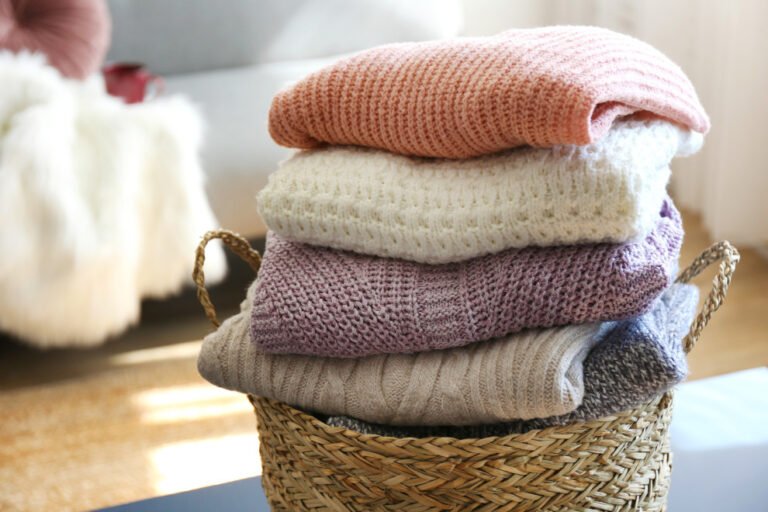More millennials or Gen Y individuals, including the Gen Z population, are becoming aware of the current environmental struggles.
Being more well-informed and knowledgeable as time goes by pushes the present generation to be more involved in finding solutions. Practising a sustainable lifestyle is just one of these.
Circularity refers to systemic techniques aiming to reduce the ecological footprint and promote recyclability. In an overview, brands that strive to practise this principle only manufacture completely renewable and biodegradable products.
Wool fabric comes from a regenerating source, and this article will help you take care of your wool-made clothing with these tips.
Table of Contents
On Washing
Wool has natural antibacterial properties that are preserved even in garments. Furthermore, your clothing absorbs moisture and sweat well enough to not allow a medium for bacterial growth to prosper. Thus, washing your clothes made from wool can be postponed for several days and used, unlike a regular cotton shirt.
Instead, you can hang your wool clothing outdoors to get fresh air and preserve its quality. The fabric cleans itself as the wind blows through it without any unnecessary force or measures. It is economical as you save money and resources that you would have needed to pay for the washer and dryer’s electric bill.
On the other hand, you should individually treat accidental spills or stains on your wool-made clothes as quickly as possible. You can just put the spot under running lukewarm water for a few moments until the smudge disappears. Alternatively, you can also use a mild, wool-safe soap with water to blot out tougher smears.
On Removing Pilling
Circularity economy ensures their consumers only utilize products that can stand the test of time. Because of this, you can wear wool clothing multiple times. Unfortunately, this heavy use eventually leads to pilling.
Using a razor, you can easily remove the wool fabric, lint, and even pet hair-composed pilling. The usual razor that you use can avoid getting holes in your garment as it doesn’t get the strands. However, you have to be gentle and not push the sharp blades too deep into the clothing.
On Storing
To preserve the lifespan of your wool-made clothes, you need to fold them and put them neatly in a drawer made from cedar. The delicate fibres aren’t appropriate for the usual hangers. Thus, keeping them tucked away in a safe environment is preferable.
As the seasons change to summer, it is important to store your wool away for a few months safely. In line with this, you first need to prepare a dense, air-tight container that can accommodate your collection. It would help to ensure that the area where you will store the receptacle is safe.
Then, it would be best to make sure that the clothes are completely clean and dry before storing your wool garments.
Your biggest precaution is to prevent moths, beetles, and silverfish from entering your storage container and destroying your wool garments. These insects thrive on sweat and stains and can form holes in your clothes while accessing them.
Thus, individually inspecting each piece of clothing before folding and storing them away is essential. You may also add a bug deterrent such as lavender, rosemary, and cedar strips or wood balls to keep insects at bay.

